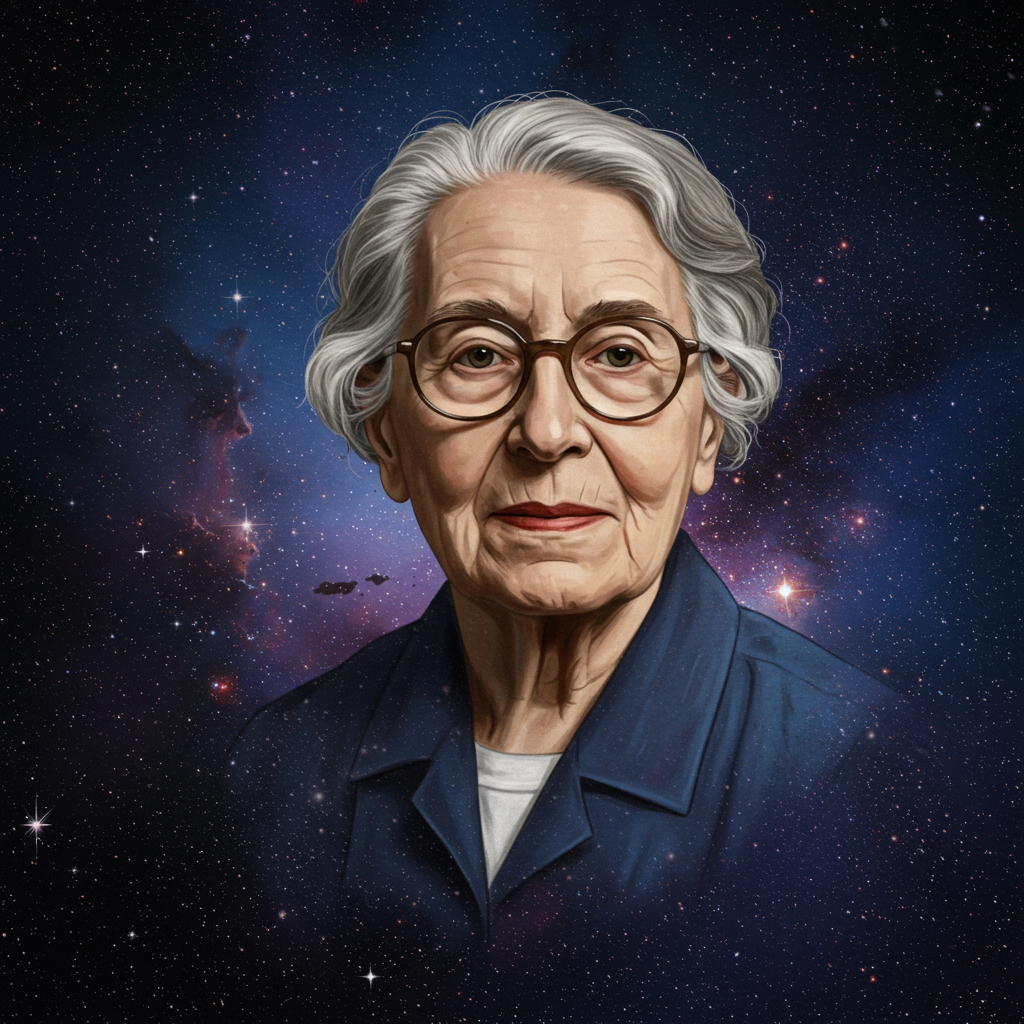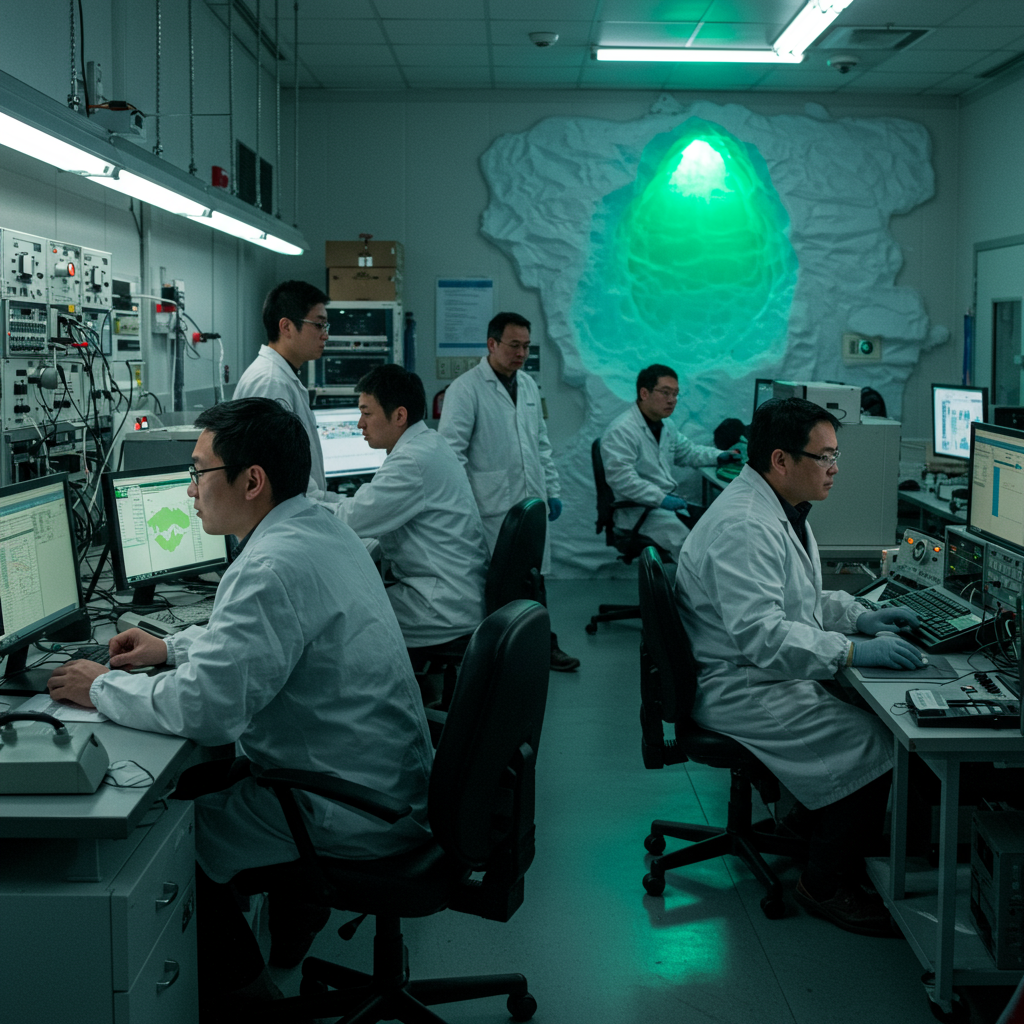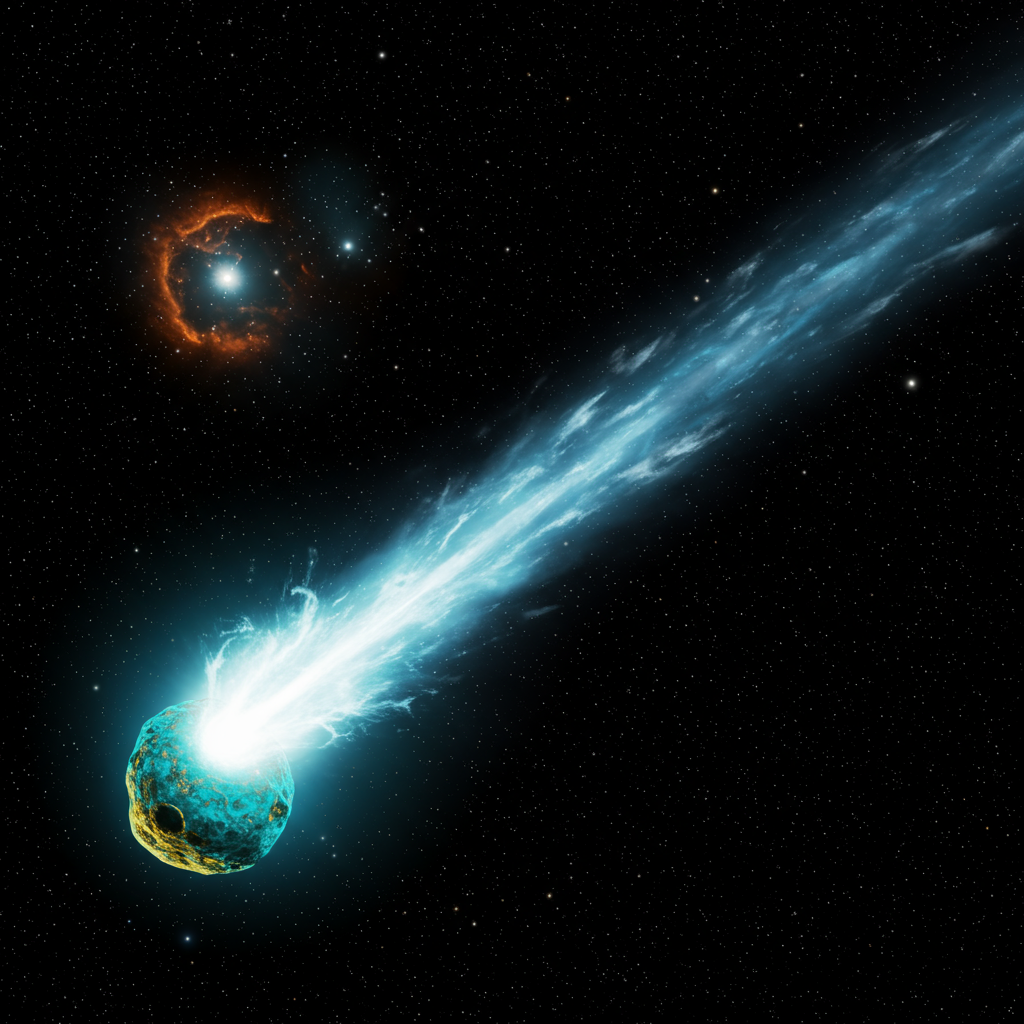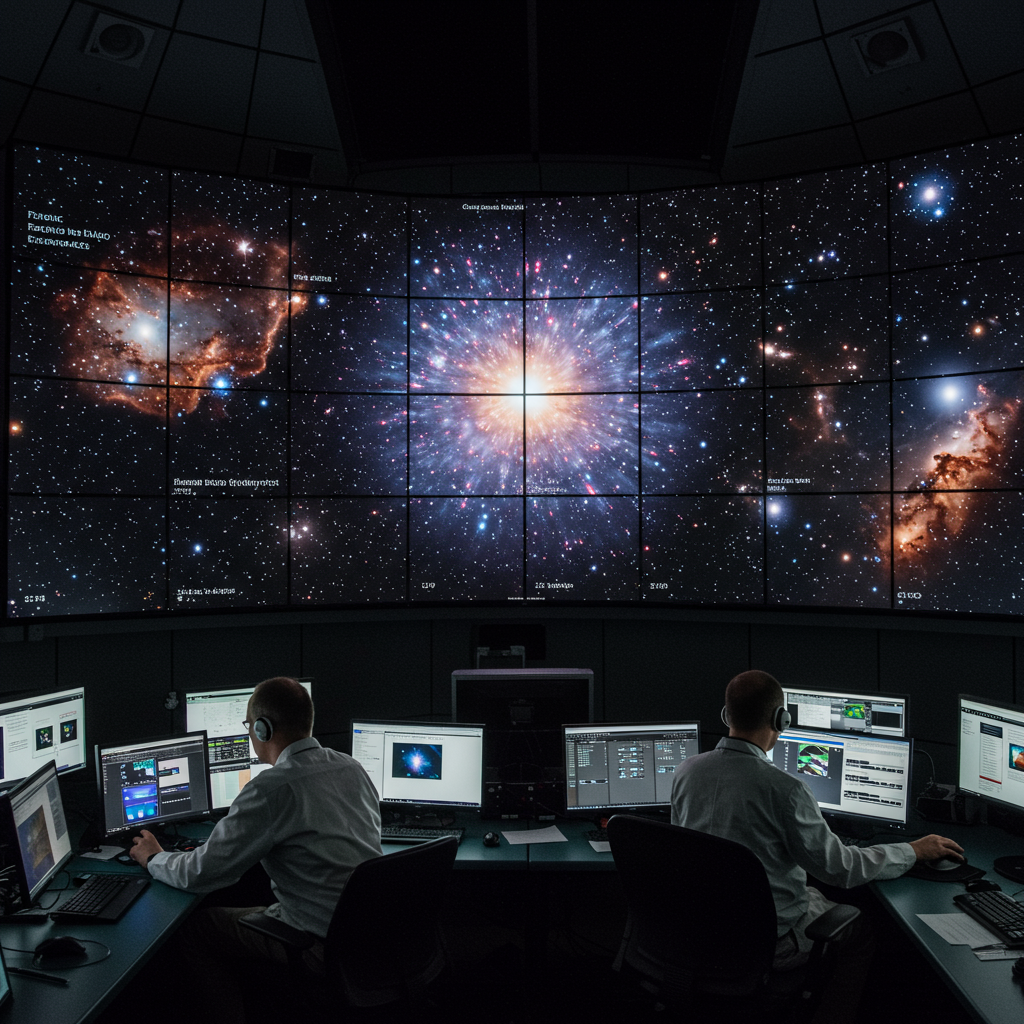Vera Rubin, a pioneering astronomer whose landmark work provided the most compelling evidence for the existence of dark matter, was a woman captivated by the night sky from her childhood home in Washington, D.C. Her journey from a young girl gazing out a bedroom window to a scientist whose name graces one of the world’s most sophisticated observatories is a testament to her passion, intellect, and remarkable perseverance in a field often unwelcoming to women.
Early Skies: A DC Childhood Fascination
Born Vera Cooper, Rubin grew up in D.C. during the 1930s. Like many children, she shared a bedroom with her older sister in their townhouse. An arrangement she fondly recalled placed her bunk against the window facing north.
“Unbelievably,” she said in a 2011 oral history, “my window was above an alley with an unobstructed view of the stars.” This view became her early classroom. “After a while, that was more interesting than sleeping,” she recounted. She would spend nights observing, meticulously remembering and later writing down everything she saw, from constellations to falling stars.
Her early passion wasn’t just observational. Her father nurtured her scientific curiosity, even helping her build a telescope. Using a lens bought for a few dollars and a large, free tube from a linoleum company, she constructed a homemade instrument. While a “moderate success,” she managed to capture respectable photographs of the stars’ nightly motion, fueling her determination further.
Facing Down Barriers in Science
Despite her clear aptitude and fervent interest, Rubin encountered skepticism and outright discouragement from the outset. Her high school science teacher dismissed her ambitions, reportedly telling her she’d “do OK as long as you stay away from science.” This was just the first taste of the systemic barriers she would face.
After graduating from Vassar College in 1948 as the only female astrophysicist in her class, she applied for graduate studies at Princeton University but was denied entry based solely on her gender. Undeterred, she pursued her master’s degree at Cornell University alongside her husband.
It was at Cornell that Rubin, a young mother nervously leaving her newborn for the first time, presented her bold master’s thesis about the possibility of the universe rotating around a central point. At the December 1950 American Astronomical Society meeting, she faced an imposing panel of male scientists. As she later wrote, “one by one many angry sounding men got up to tell me why I could not do ‘that’.” While the data wasn’t yet sufficient to support her claim, the experience profoundly shaped her approach, instilling in her the critical importance of collecting overwhelming evidence to back groundbreaking conclusions. The Associated Press even reported on the “daring report” by the “young mother,” highlighting the unusualness of her presence and ideas.
She went on to earn her Ph.D. at Georgetown University, continuing to challenge conventional thinking.
The Groundbreaking Discovery of Dark Matter
Rubin’s most transformative work unfolded during her career, particularly at the Carnegie Institution for Science, studying the rotation of galaxies. At the time, astronomers expected stars far from a galaxy’s center to orbit much slower than those closer in, based on the visible mass.
However, Rubin and her collaborator, Kent Ford, observed something entirely unexpected, starting with our neighboring Andromeda galaxy. Stars at the outer edges of galaxies were moving just as fast, or even faster, than those closer to the core. This anomalous behavior contradicted standard physics if only visible matter was considered.
Applying the lesson learned from her early thesis presentation, Rubin embarked on a systematic, extensive study. She and her team meticulously collected data from dozens of galaxies – first 20, then 40, eventually 60. The consistent finding across this large sample provided compelling, undeniable evidence: there had to be additional, unseen mass exerting a gravitational pull on the outer stars, preventing them from being flung away. This invisible “stuff” became known as dark matter.
In 1985, at the International Astronomical Union, Rubin presented her comprehensive data, famously stating that “Nature has played a trick on us” and that visible matter is merely a small fraction of the universe’s composition. Her rigorous observations were pivotal in compelling the astronomical community to accept the strong likelihood of dark matter’s existence, opening an entirely new frontier in cosmology and particle physics.
A Lasting Legacy
Despite being passed over for the Nobel Prize during her lifetime, Vera Rubin’s impact is undeniable. She didn’t just provide evidence for dark matter; she challenged the scientific establishment and paved the way for future generations, especially women in STEM.
She is honored with celestial namesakes, including an asteroid and a ridge on Mars. Closer to home, she is commemorated with a tribute in Northwest D.C., near where she lived for decades and worked at Carnegie Science’s Broad Branch Road campus.
Most significantly, the Vera C. Rubin Observatory in Chile, funded by the National Science Foundation and the Department of Energy, was named in her honor in 2019. This state-of-the-art facility continues her legacy of exploring the universe on a grand scale.
Rubin remained a fierce advocate for women in science throughout her career, sharing her journey and inspiring others. Reflecting on the future in a commencement speech, she imagined the discoveries awaiting astronomers in the year 3000, urging her audience to foster the next generation who would witness them.
Vera Rubin’s story is one of curiosity ignited by a simple bedroom window view, a relentless pursuit of truth in the face of adversity, and a groundbreaking discovery that reshaped our understanding of the cosmos. Her work continues to inspire scientists as they seek to unravel the mysteries of the universe’s dark components.




